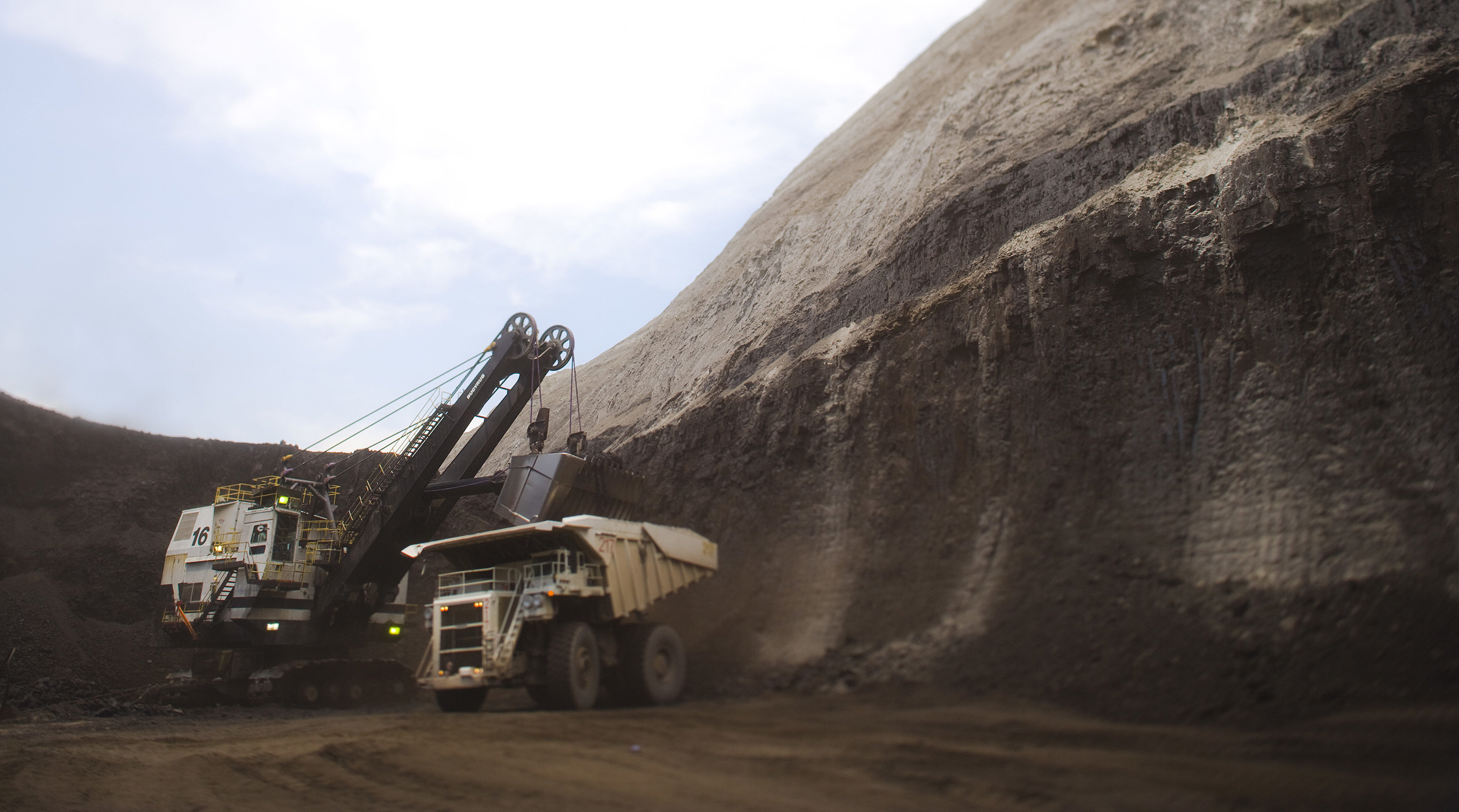In May 2022, the U.S. General Mining Law will celebrate its 150th anniversary. The law governs how hardrock minerals such as copper, gold, silver, lithium, cobalt, zinc, nickel, rare earths and others are accessed and produced on federal lands. Since its inception, the mining law has served the nation’s economic and national security interests, providing the necessary minerals and metals for our growing economy. Today, these minerals are just as essential and inextricably linked to the development of technologies such as solar panels, wind farms and electric vehicles that will help reduce our global carbon footprint.
On the eve of its 150th anniversary, does the General Mining Law still serve the nation’s public interests?
Mining Law’s Amendments and Updates
Over the years, Congress has amended and updated the law in response to evolving land management requirements and environmental protections. The 1920 Mineral Leasing Act, the Mining and Minerals Policy Act of 1970, the Federal Land Policy and Management Act (FLPMA) of 1976, and the 1992 Annual Claims Maintenance Fee Requirements are all examples of congressional actions that amend and update the original mining law.
Amidst all these changes, however, policymakers have kept the core principles of the original mining law intact: the right of private citizens to identify and advance economic mining claims on federal lands.
The General Mining Law is not an environmental statute. It is complemented by exhaustive federal and state environmental, ecological, reclamation and financial assurance laws and regulations to ensure that operations fully protect public health and safety, the environment, and wildlife. These include dozens of environmental laws and regulations that dictate how mining can occur on federal lands such as the Endangered Species Act, the Clean Air Act, the Clean Water Act, the National Historic Preservation Act, Archaeological Resources Protection Act, the Resource Conservation and Recovery Act, and the Comprehensive Environmental Response Compensation and Liability Act.
Under these laws, federal and state agencies including the Bureau of Land Management (BLM), the Forest Service, the Environmental Protection Agency (EPA) and others have the authority to deny permits for projects that cannot meet specific environmental requirements.
Mining Law and Federal Lands
Currently, more than 50 percent of federal lands are already closed to mineral exploration. In general, hardrock mining occurs on a very small amount of federal land and defining a hardrock mineral deposit requires extensive exploration. The National Academy of Sciences estimates over 1,000 mineral ‘targets’ must be identified and evaluated to find one deposit that can become a producing mine.
Even upon identifying a potential mineral deposit, extensive exploration and testing are required to support a decision to develop a mine. After which, huge investments are required to build the mine and processing facilities and go through the year’s long permitting process.
According to a 2020 Government Accountability Office report, the Bureau of Land Management and U.S. Forest Service have authorized just 317, 783 acres of surface disturbance for mineral exploration and mining projects. This is a fraction of less than one percent of U.S. federal lands.
Mining Law Benefits the U.S.
Hardrock minerals are geologically rare and often dispersed. Under the General Mining Law, mining claims utilize private investment to locate claims. Exploratory claims then require a substantial investment of time, knowledge, and money to test with the hope of discovering a mineral deposit that can be developed into a mine.
The U.S. has benefited from this process as private investments have identified and developed producing minerals mines that create jobs, pay taxes, and provide the minerals the country needs – at no risk or expense whatsoever to U.S. taxpayers.
These producing mines will pay on average 40 to 50 percent of profits to federal, state and local taxes. Before the pandemic in 2019, domestic mining generated $18 billion in contributions that supported direct, indirect and induced taxes of $41 billion.
The Growing Demand for Minerals
According to the International Energy Agency, to meet the needs for future energy technologies the demand for minerals could grow more than 40 times by 2040. This increased demand is expected to strain already weak supply chains and quickly outpace production.
For too long the U.S. has relied on imported minerals while ignoring domestic capabilities. The U.S. is currently 100 percent dependent on 17 minerals, and over 50 percent dependent on another 30 minerals. With untapped minerals valued at approximately $6.2 trillion, the U.S. has the opportunity to produce more minerals under world-leading environmental standards.
Modernizing Mining in the U.S.
It takes seven to 10 years to permit a new mine in the U.S. This lengthy permitting process deters new mine projects in the U.S. as other countries like Canada and Australia – which have similar environmental standards – take only two to three years to review and permit a new mine.
As policymakers reflect on the anniversary of the General Mining Law, they should consider what changes are necessary to keep the U.S. competitive as governments around the globe race to secure the minerals necessary for the future.
The U.S. cannot discourage domestic minerals production at a time when the country desperately needs to lead in minerals mining. Through bipartisan efforts, our country can regain control of our economic, national and energy security without jeopardizing the mining foundation of our country.
Kate Kamber
Source link



